Sixties
City presents
a wide-ranging series of
articles on all aspects of the Sixties, penned by the creator of the iconic
60s music paper Mersey
Beat
|
Sixties
City presents
a wide-ranging series of
articles on all aspects of the Sixties, penned by the creator of the iconic
60s music paper Mersey
Beat
|
|||||
|
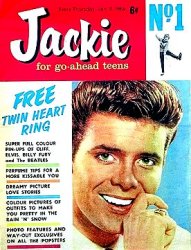 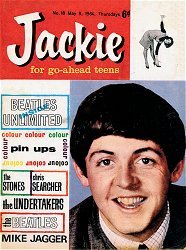 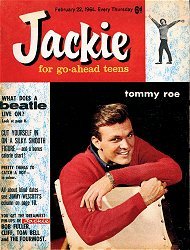 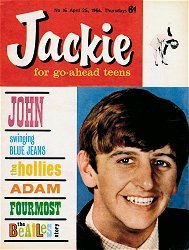 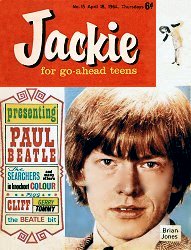 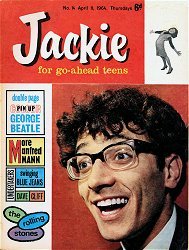 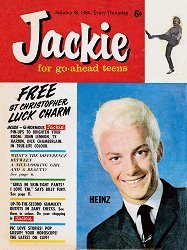 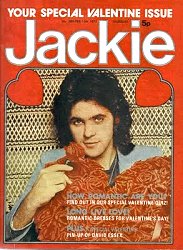 |
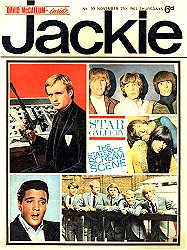  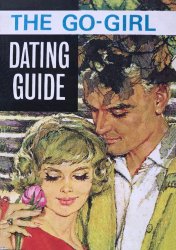 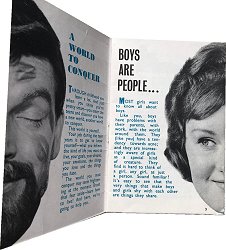 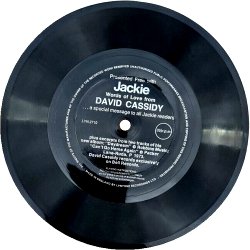 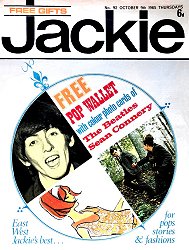 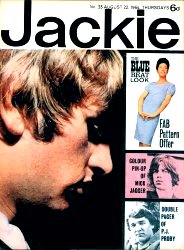 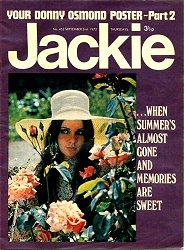 |
| In
the 1970s Rhonda Wilson was the magazine's music editor, stylist, photographer
and agony aunt. Problems
great and small were dealt with from dealing with spots, getting round curfews
and finding the right career to chatting up boys and describing how to make
a first kiss without bashing noses. In 1974, the ‘Dear Doctor’ column was
introduced and was often referred to as covering ‘below the waist issues’
with its answers to questions regarding health matters, including periods
and bosoms. In
1976 'Jackie' absorbed 'Diana' (considered to be DC Thomson's answer to
IPC's 'Girl'). Jackie was the best-selling teen magazine in Britain for
ten years, with sales rising from an initial run of 350,000 to 605,947 in
1976. The best-selling single issue was the 1972 special edition that coincided with David cassidy's UK tour. However by 1993, after 30 years of publishing, sales had shrunk to 50,000 a week and was eventually cancelled, after 1,538 issues, with a 40-page special issue in 1993, costing 50p. In 2014 there was even a musical ‘Jackie: The Musical’, which opened at the Gardyne Theatre in Dundee. It related how a middle-aged divorcee used the Jackie problem page to sort out romantic problems. In September 2008 there was a BBC documentary ‘Jackie Magazine – A Girl’s Best Friend’. Apart from several Jackie Annuals, books about the magazine include ‘The Best of Jackie Magazine’ by Nina Myscow, ‘Jackie’s Dear Cathy and Claire’ by Lorna Russell and ’50 Years of Jackie’ by Jacqueline Wilson. |
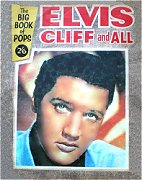 |
Sixties
City: To test the teenage market and provide an editorial template for
their 'Jackie' magazine, D.C.Thompson produced a one-off pop title in 1963
on the new Goss rotary photogravure press at Kingsway that allowed glossy
colour pages and high-speed print runs. Only available at selected newsagents, the 64-page magazine was called 'Elvis, Cliff and All'. It was assembled by a small team already working on 'Jackie' and included 'pops, pin-ups, stories and features' about Elvis Presley, Adam Faith, Cliff Richard and Billy Fury. There was a double page featuring the loves of Elvis Presley and the glossy posters included Richard Chamberlain, Clint Eastwood, Tab Hunter, Warren Beatty and John Leyton. |
|
Article
Text
UK
web hosting by
|